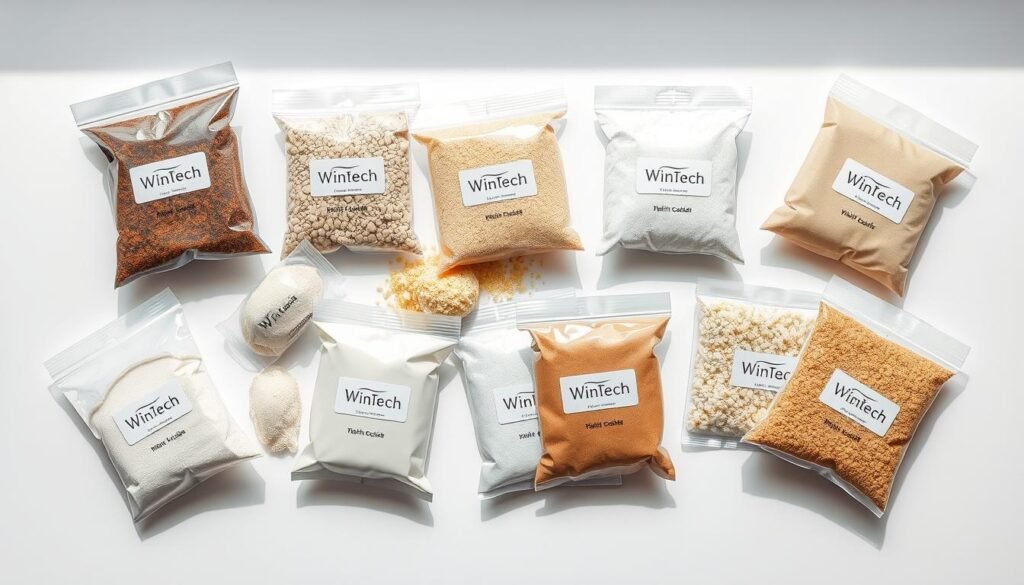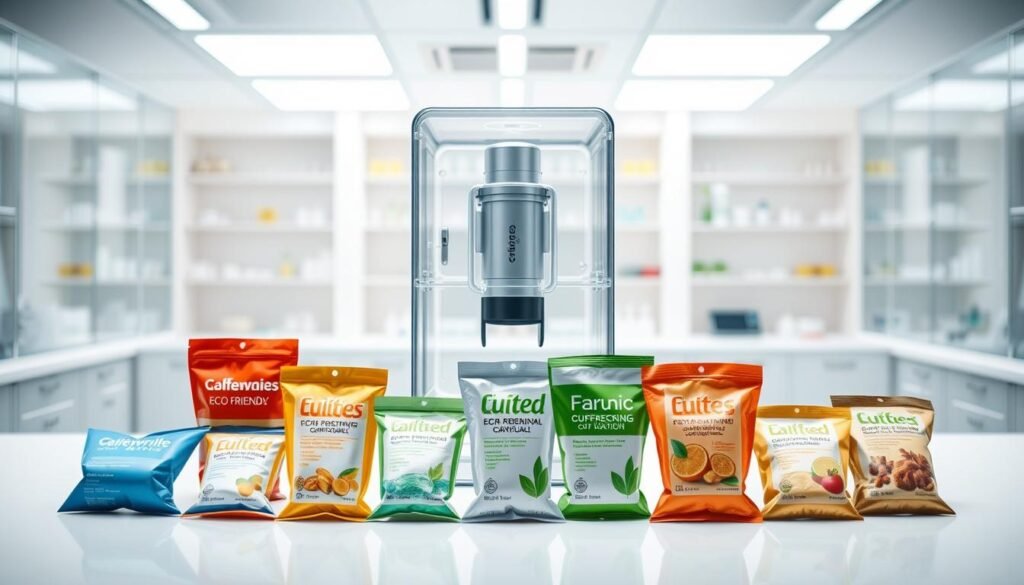Have you ever wondered how a tiny packet could revolutionize product consumption and waste management? What are sachets, and why are they becoming a game-changing solution for consumers and businesses alike?
What are sachets? These small sealed packets are innovative single-use pouches that transform how you experience and consume products. Designed for precise portion control, sachets offer an intelligent approach to reducing waste while providing convenience across multiple industries.
Sachets represent a smart packaging solution that addresses multiple consumer needs. As single-use pouches, they enable you to access exact product quantities without unnecessary waste. From food and beverages to personal care items, what are sachets if not a strategic approach to minimizing excess consumption?
These compact containers deliver multiple benefits: portability, affordability, and precise product preservation. By controlling portion sizes, sachets help consumers manage their consumption more effectively while reducing environmental impact.
Key Takeaways of What are Sachets
- Sachets provide precise portion control for multiple product types
- Single-use pouches reduce overall product waste
- Small sealed packets offer enhanced portability
- Sachets support more sustainable consumption patterns
- Packaging innovation meets consumer convenience
Understanding What Are Sachets and Their Role in Packaging
Sachets have revolutionized the way products are packaged and consumed across multiple industries. These small, sealed packets offer an innovative solution for precise portion control and product preservation. Your understanding of sachets can help you make more informed choices about packaging and consumption.

Packaging technology has transformed dramatically with the introduction of sachets. These compact containers provide unique advantages that traditional packaging methods cannot match. From skincare products to food items, sachets for skincare and other industries have become increasingly popular.
What are Sachets – Defining Sachets: More Than Just a Packet
A sachet is a small, sealed package typically made from lightweight materials like plastic, foil, or paper. Unlike standard packets, sachets vs. packets offer more precise portion control and better product preservation. They are designed to contain single-use or small quantities of various products.
- Typically small in size (1-50 ml)
- Made from flexible packaging materials
- Designed for single or limited use
- Provides excellent product protection
Key Benefits of Sachet Packaging
Sachets provide numerous advantages for both manufacturers and consumers. Their compact design reduces packaging waste, offers convenience, and ensures product freshness. You’ll find them particularly useful in industries where precise portioning is critical.
- Cost-effective packaging solution
- Minimal product waste
- Extended product shelf life
- Easy transportation and storage
Common Applications Across Industries
Product packaging sachets have found their way into numerous sectors. From personal care to pharmaceuticals, these versatile containers meet diverse packaging needs. Sachets for skincare, in particular, have gained significant popularity in recent years.
Sachets represent a smart, efficient packaging solution that meets modern consumer demands for convenience and sustainability.
What Are Sachets: Enhancing Efficiency and Sustainability
Sachets have emerged as a revolutionary packaging solution that addresses both consumer convenience and environmental challenges. These compact containers are transforming how we think about product distribution across various industries, from food sachets to sachets in cosmetics.

Modern packaging technologies are redefining the potential of sachets, creating more sustainable and efficient solutions for consumers and businesses alike.
How Sachets Contribute to Waste Reduction
Sachets play a crucial role in minimizing product waste through precise portion control. Consider these key benefits:
- Exact product measurement reduces overconsumption
- Smaller packaging requires less material
- Single-use portions prevent product spoilage
Innovations in Sachet Design
Cutting-edge developments in sachet technology are pushing the boundaries of packaging efficiency. Manufacturers are focusing on creating tea sachets and food sachets that are both functional and environmentally responsible.
- Biodegradable materials
- Minimalist packaging designs
- Recyclable sachet components
The Environmental Impact of Sachets
While sachets in cosmetics and other industries have traditionally raised environmental concerns, recent innovations are addressing these challenges head-on. Advanced materials and recycling techniques are transforming sachet packaging into a more sustainable solution.
Sustainable packaging is not just a trend—it’s a necessary evolution in product design.
By reducing material usage and implementing eco-friendly production methods, sachets are becoming an increasingly responsible packaging option for businesses committed to environmental stewardship.
What Are Sachets in the Context of Consumer Convenience
Sachets have transformed the way consumers experience products across multiple industries. As compact packaging solutions, they offer unprecedented convenience and precise portion control. Whether you’re exploring food, beverages, or personal care items, sachets provide a streamlined approach to sampling and consuming products efficiently.
In the food and beverage sector, sachets for sampling have become a strategic marketing tool. Brands leverage these small packets to introduce new flavors, nutritional supplements, and instant beverage mixes. By understanding what are sachets, consumers can appreciate their role in reducing waste and providing fresh, single-serve experiences.
Innovations in Personal Care Packaging
Personal care and cosmetic industries have embraced sachets as innovative sampling solutions. Companies like Wintech Package design sachets that protect product integrity while offering consumers a low-risk way to test new skincare, makeup, or hair care products. These miniature packages allow you to experience premium brands without significant financial commitment.
Emerging Sachet Technology Trends
The future of sachet packaging looks promising, with advancements in materials and smart technologies. Manufacturers are developing eco-friendly options using recyclable and biodegradable components. You can expect to see more sustainable sachets that maintain product quality while reducing environmental impact across various consumer segments.
